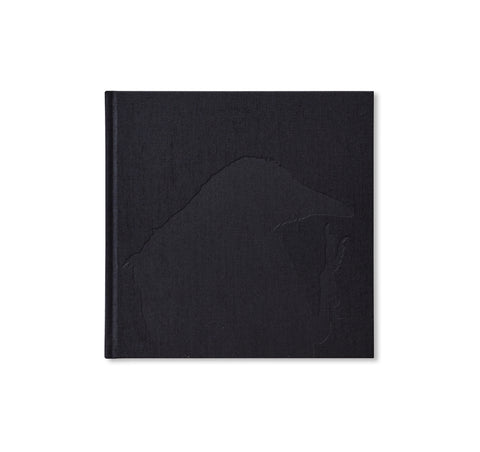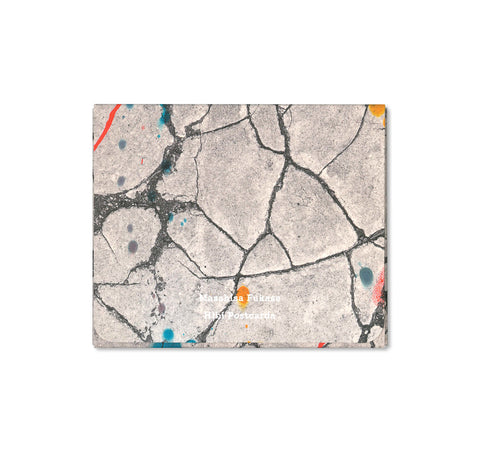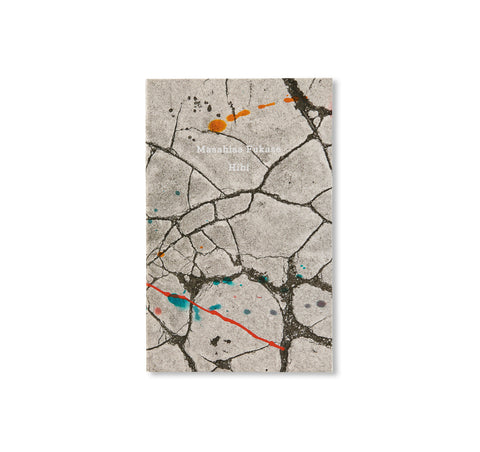KILL THE PIG by Masahisa Fukase
代表作の「鴉」や「家族」などを通じて戦後日本を代表する最もラディカルかつ実験的な写真家の1人として活躍するも、その絶頂期に突如活動を閉ざした数奇な写真家・深瀬昌久の知られざる第一作を一冊にまとめた作品集。
1961年に東京で開かれた写真展「豚を殺せ」において、深瀬は「豚を殺せ」と「臝」(ら)の2作を発表した。展覧会名にもなった前者とは、芝浦にある屠畜場の家畜らが撮影されたものである。一方、裸を意味する「臝」に写る、裸体でパフォーマンスを繰り広げる2人とは、他でもない深瀬自身と当時のパートナーだった。これら2つの異なる題材は展示会場を二分する形で発表されたが、その接合点とも呼べる会場中央にはひときわ異質なモチーフが混在した。ほぼシルエットに近いハイコントラスト調に仕上げられた赤子である。二人の間にできた子であったが、敢えなく死産となった。深瀬はその写真を、白黒反転したネガ像とポジ像の2枚として用意し、隣り合わせになる形で展示した。
活動の最初期から深瀬を支えた編集者・山岸章二曰く、「その動機が愛であれ、フラストレーションであれ、〈自分が〉〈写真を撮る〉という意味を確かめたかった」深瀬がまさにその“意味”を確かめるべく、愛する恋人と二人で今一度未分となった姿をカメラの前に晒し、なおかつ不合理な死が直視可能な場として屠場を選んだのだとすれば――。死して生まれた我が子のイメージは、未分となった二人を通過し、屠られる運命にある家畜の姿に重なる。ストレート写真を複合的に組み合わせることで存在の重層性を表し、その関係図を通じて生と死のパラドックスを提示してみせた本作が、深瀬のデビュー作である。
トモ・コスガ(深瀬昌久アーカイブス ディレクター)
EXHIBITION:
深瀬昌久 1961-1991 レトロスペクティブ
会期:2023年3月3日(金) - 2023年6月4日(日) 月曜休館
時間:10:00-18:00
開催場所:東京都写真美術館 2F展示室
詳細
※本展は終了いたしました
In 1961 Masahisa Fukase’s first solo exhibition Kill the Pig was held in Tokyo. The exhibition consisted of two series of photographs: one titled ‘Kill the Pig’ and another series titled ‘Naked’.
The series ‘Kill the Pig’ featured photographs set in a slaughterhouse in Shibaura, Tokyo. Huge numbers of ravens also congregated there, drawn by the odour of raw meat, as the air resounded eerily with their cries. The series featured photographs in black and white and in colour. The colour shots were mostly reserved for the scenes showing blood and death.
The other series exhibited was ‘Naked’, showing Fukase himself and his partner at the time, Yukiyo Kawakami, in various poses.
There was one photograph in the exhibition that seemed very different from the rest, which was of a dead baby. This work was high-contrast and composed of two prints, one a positive, the other a negatieve, two black and white images in reverse, displayed adjacently. This baby was Fukase and Yukiyo’s first child, which had been still-born. In the exhibition, this work was prominently displayed, in a manner that all the other works arose from them.
It seems that Fukase attempted to express something about the cruelty of the two poles of life: as a positive and a negative. In other words, the idea that death is an essential part of life, and life of death.
This book comprises photographs that featured in that exhibition, now assembled as a single volume. With this book and Tomo Kosuga’s essay, light is cast on the works in the exhibition, which Kosuga considers to represent Fukase’s starting point in his photographic practice, and which for many decades languished in the shadows. (Text based on Kosuga’s essay)
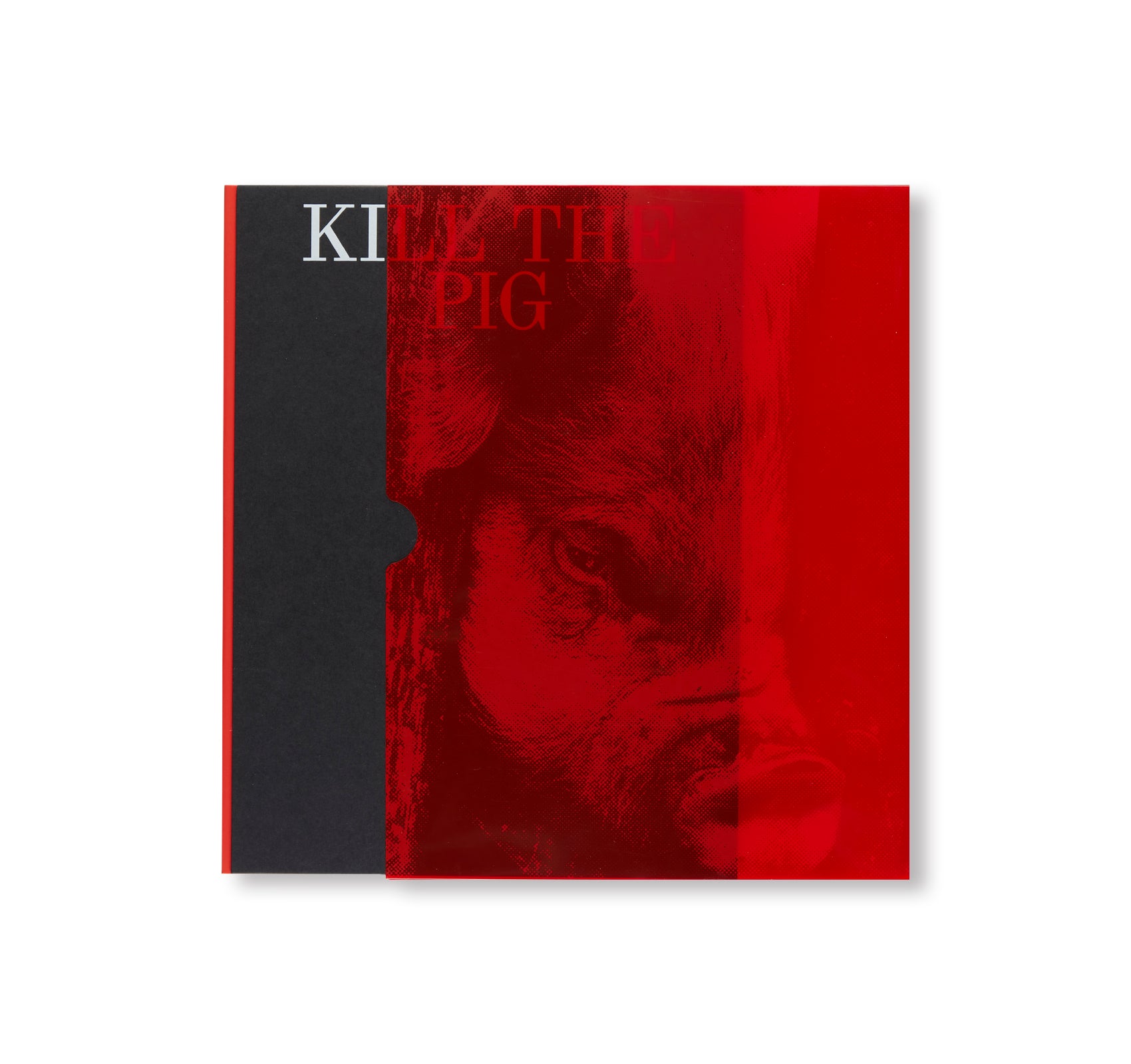
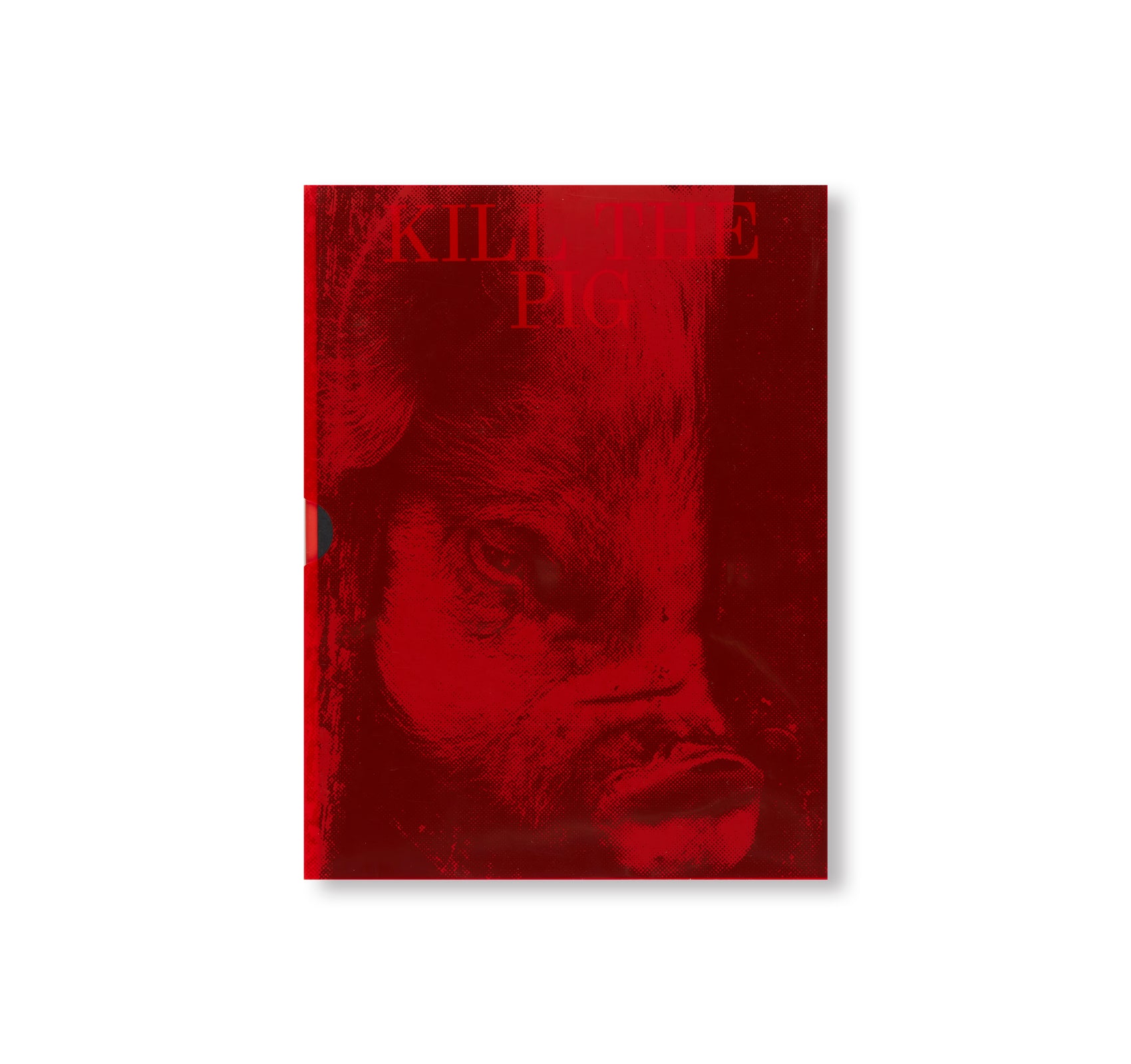
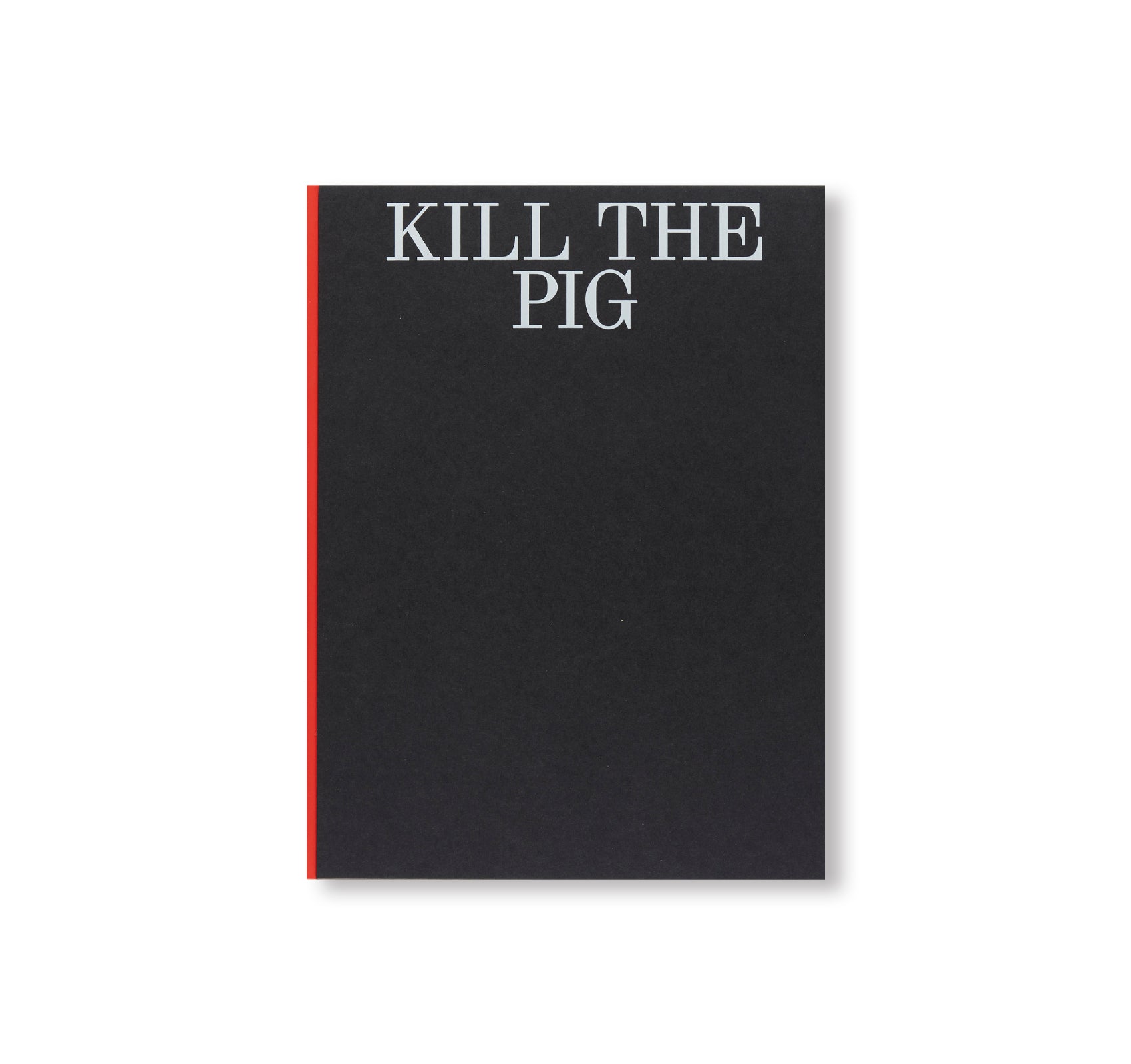
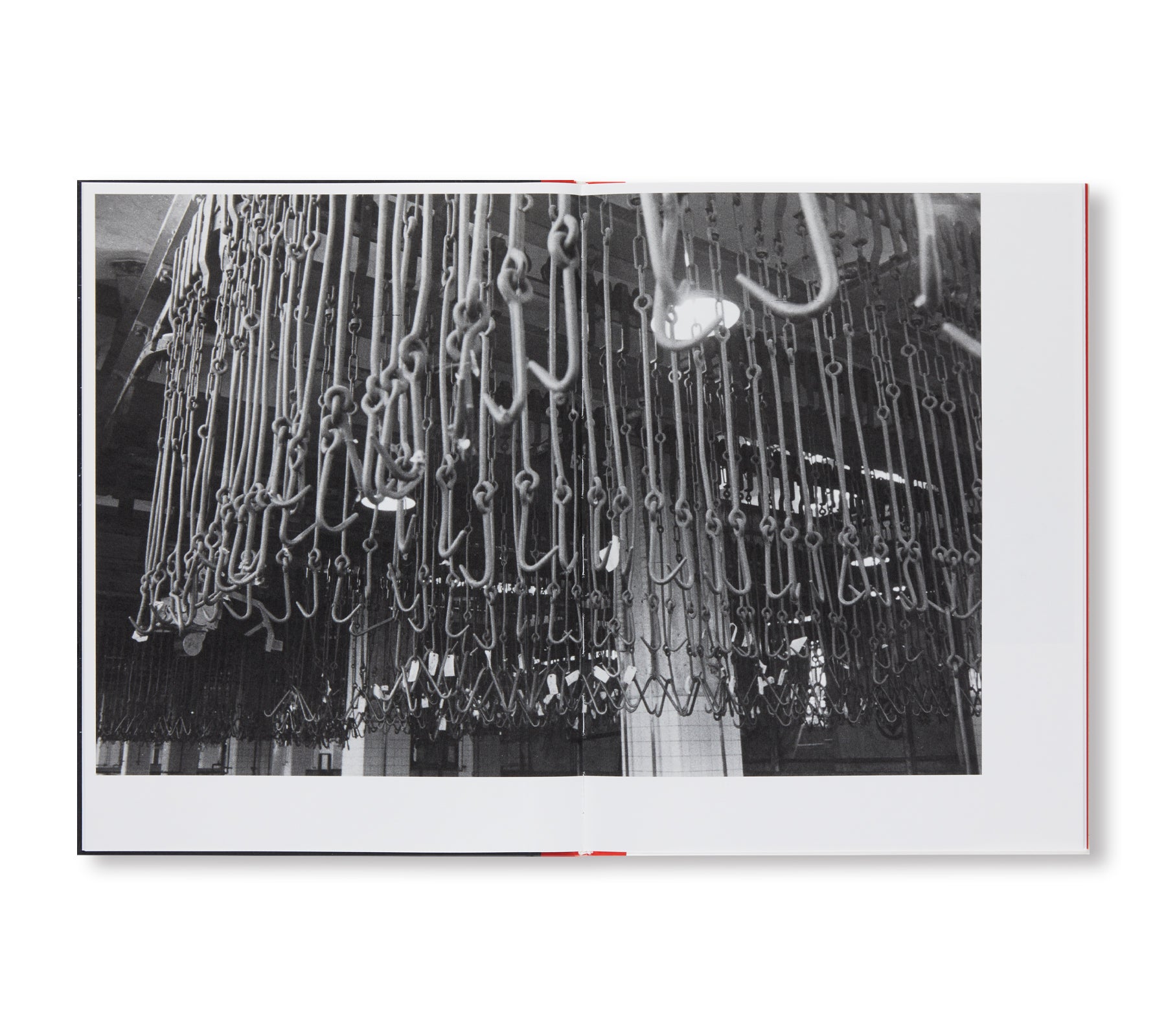
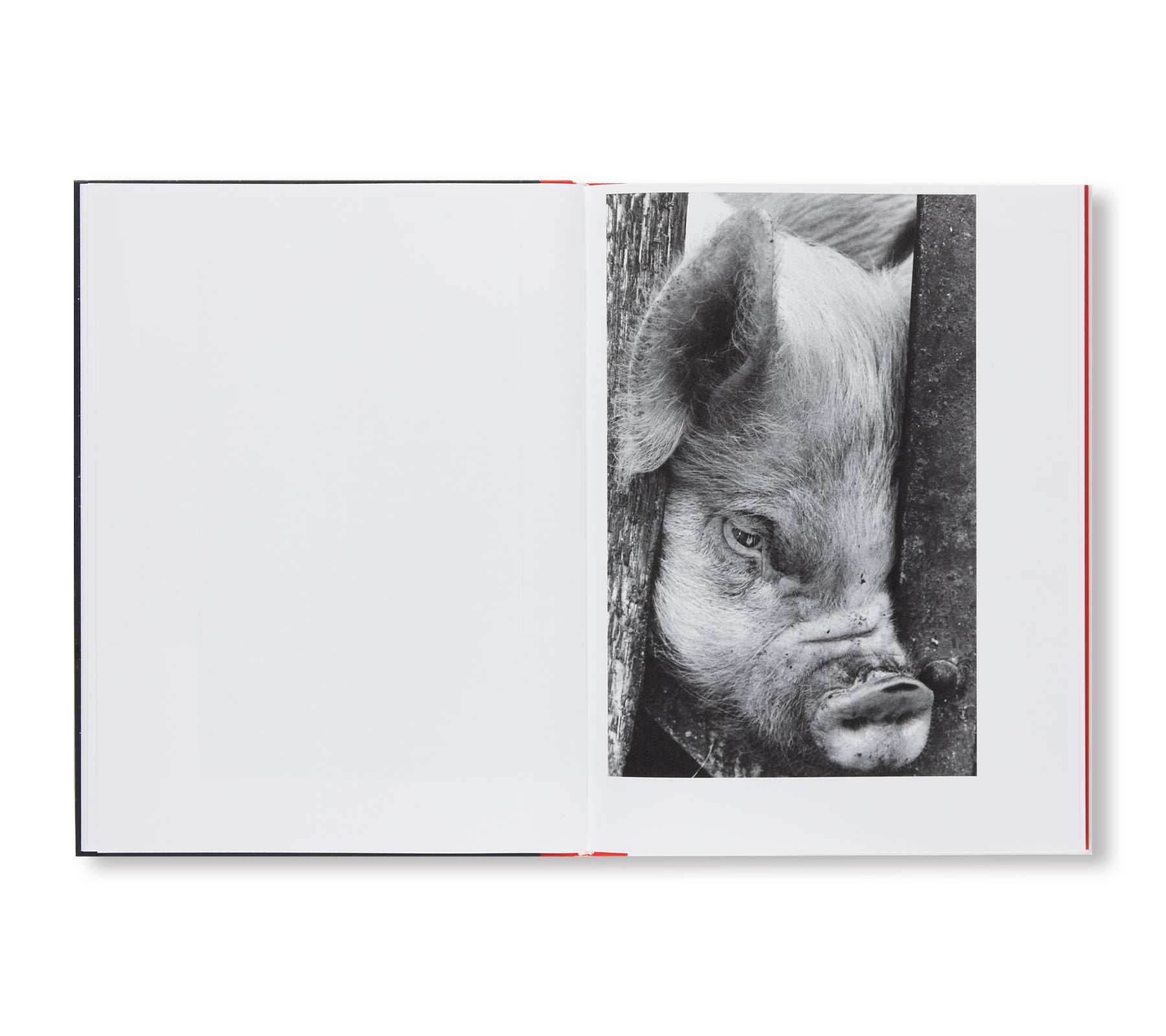
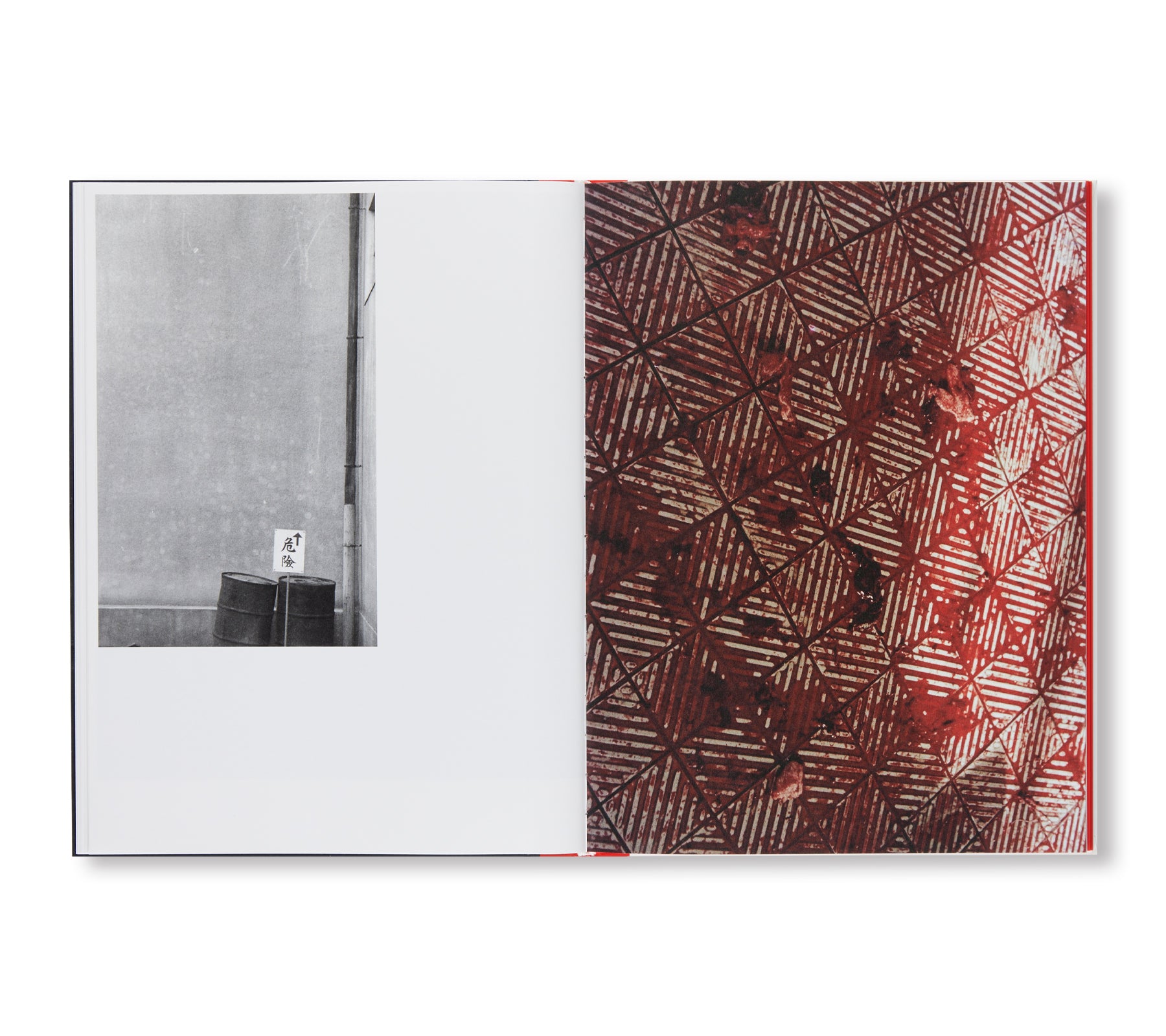
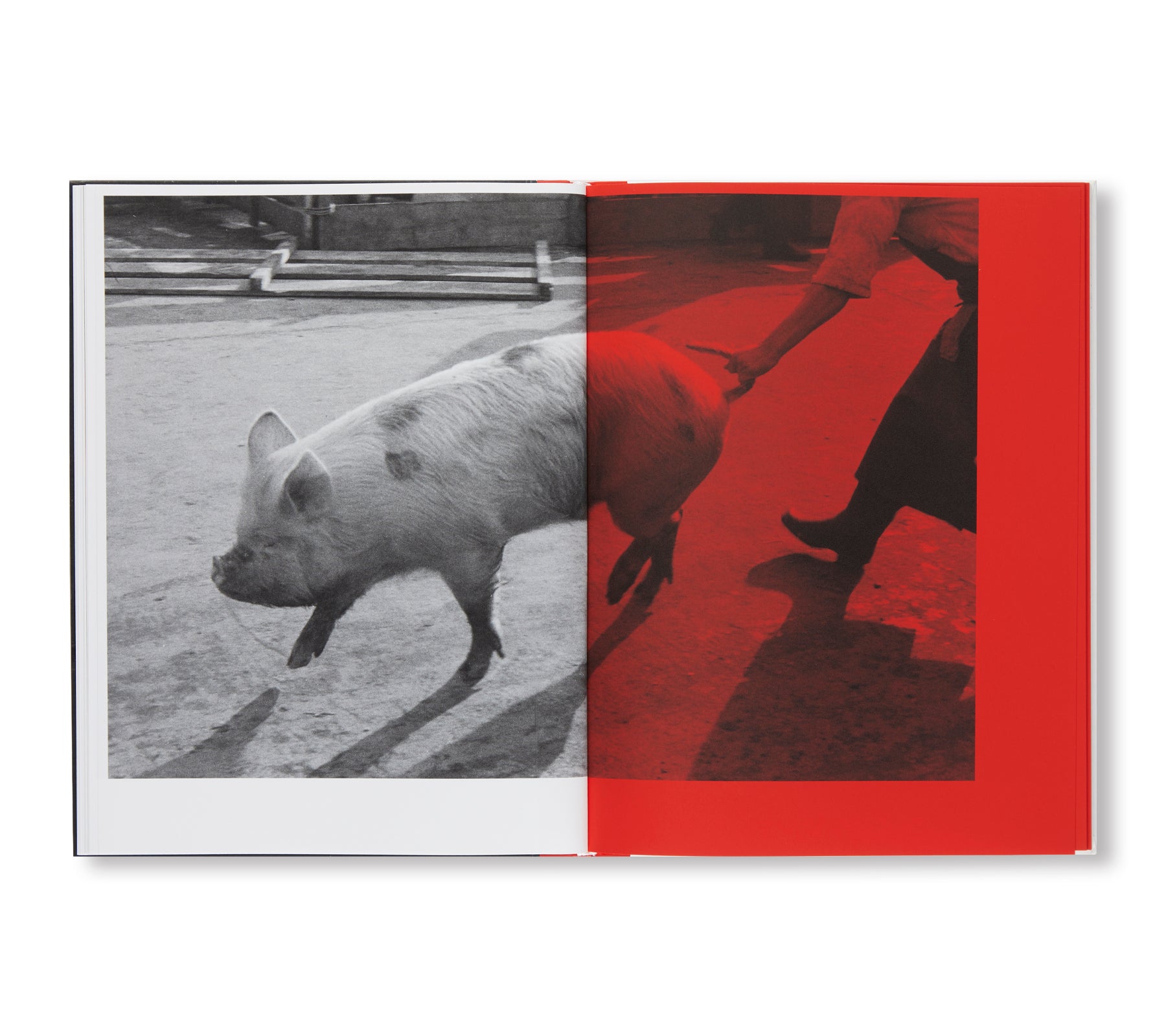
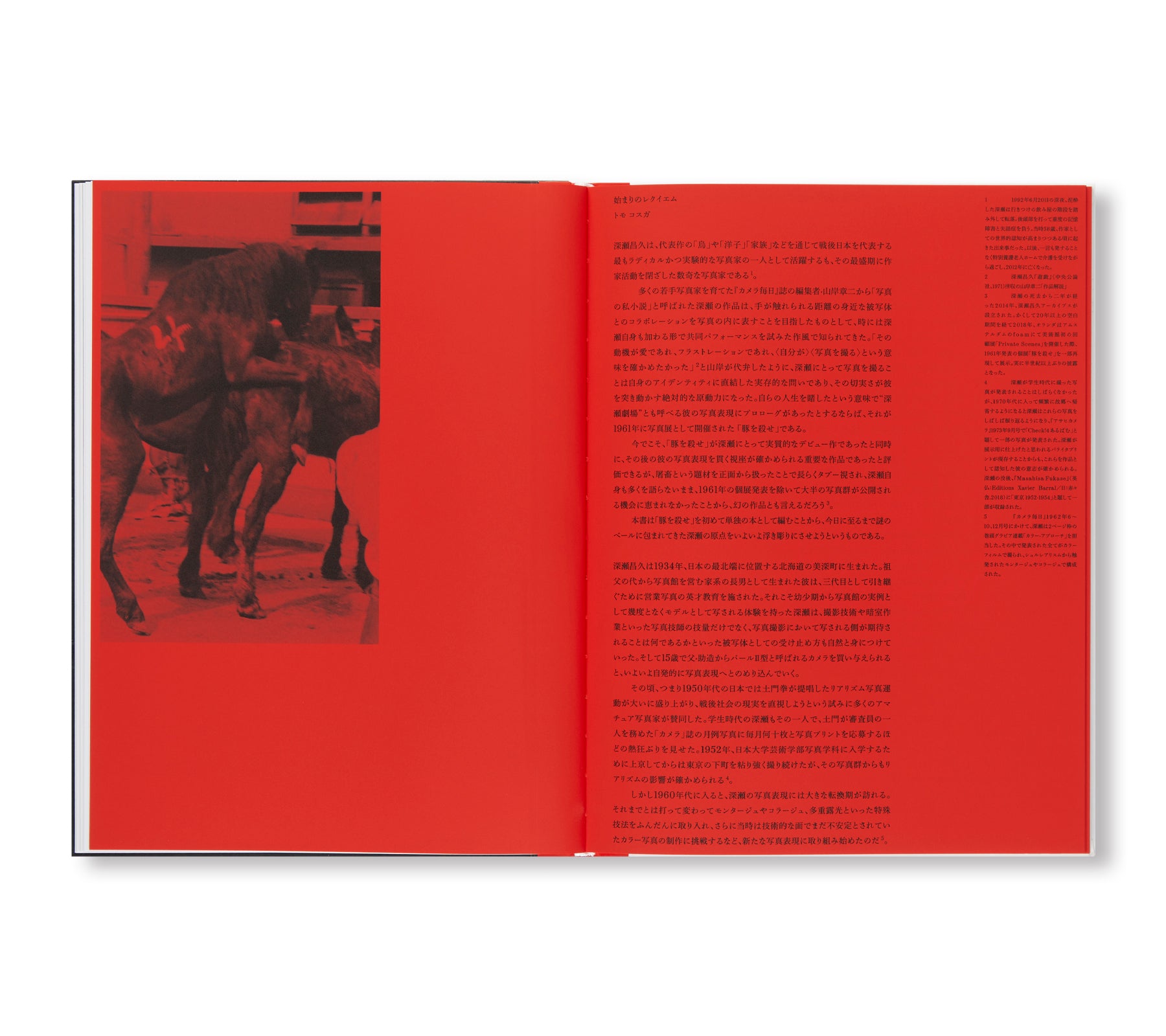
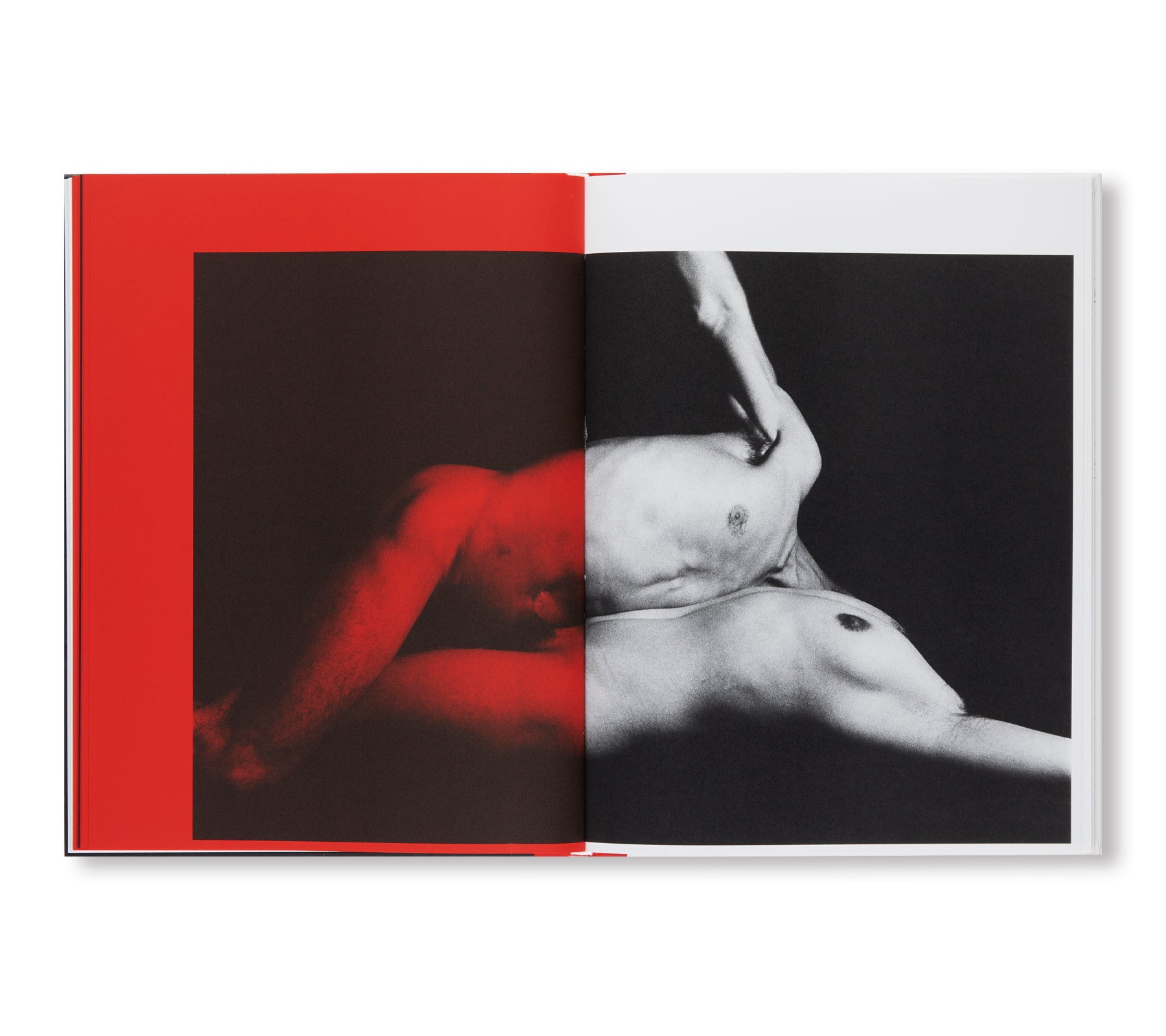
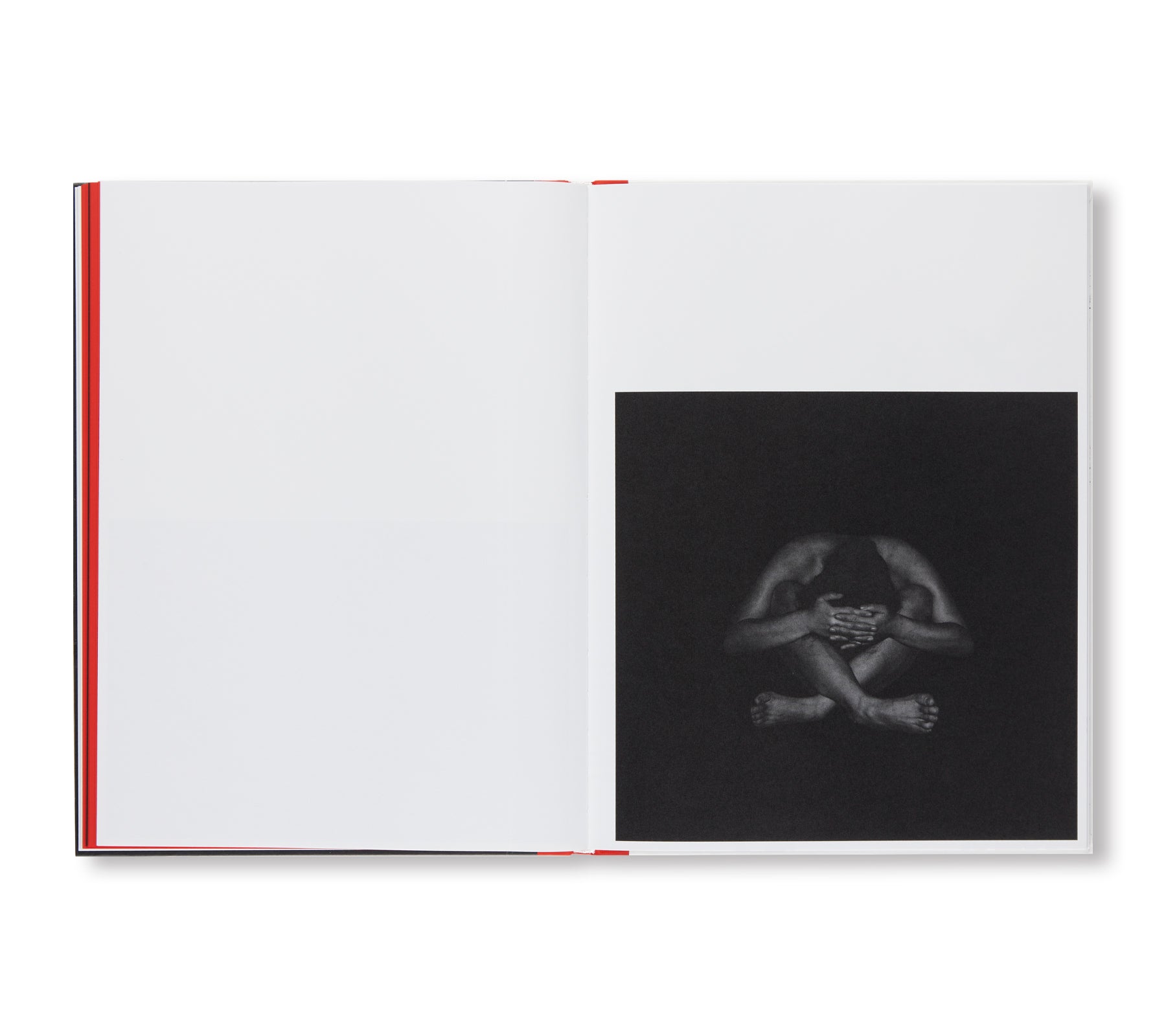
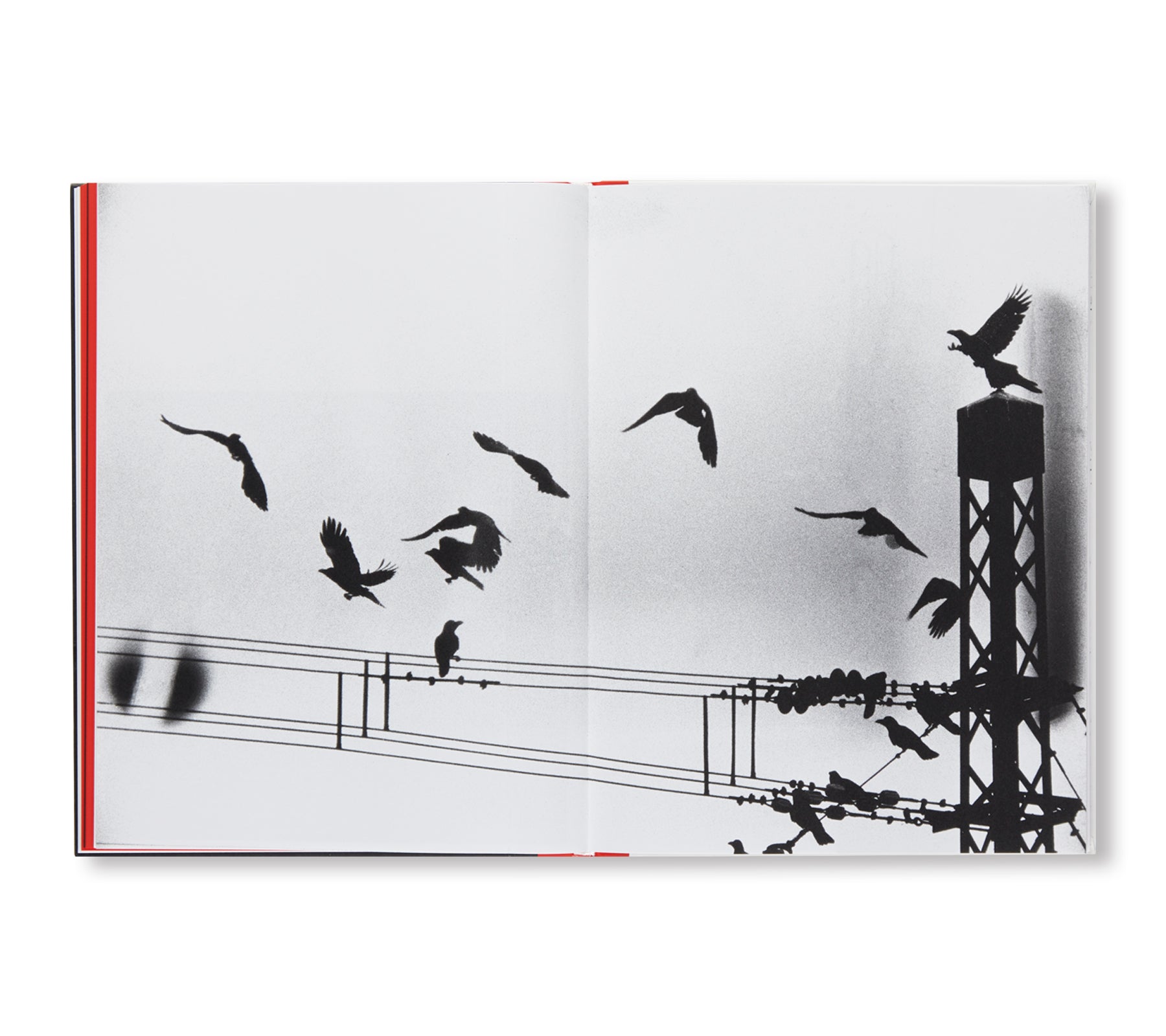
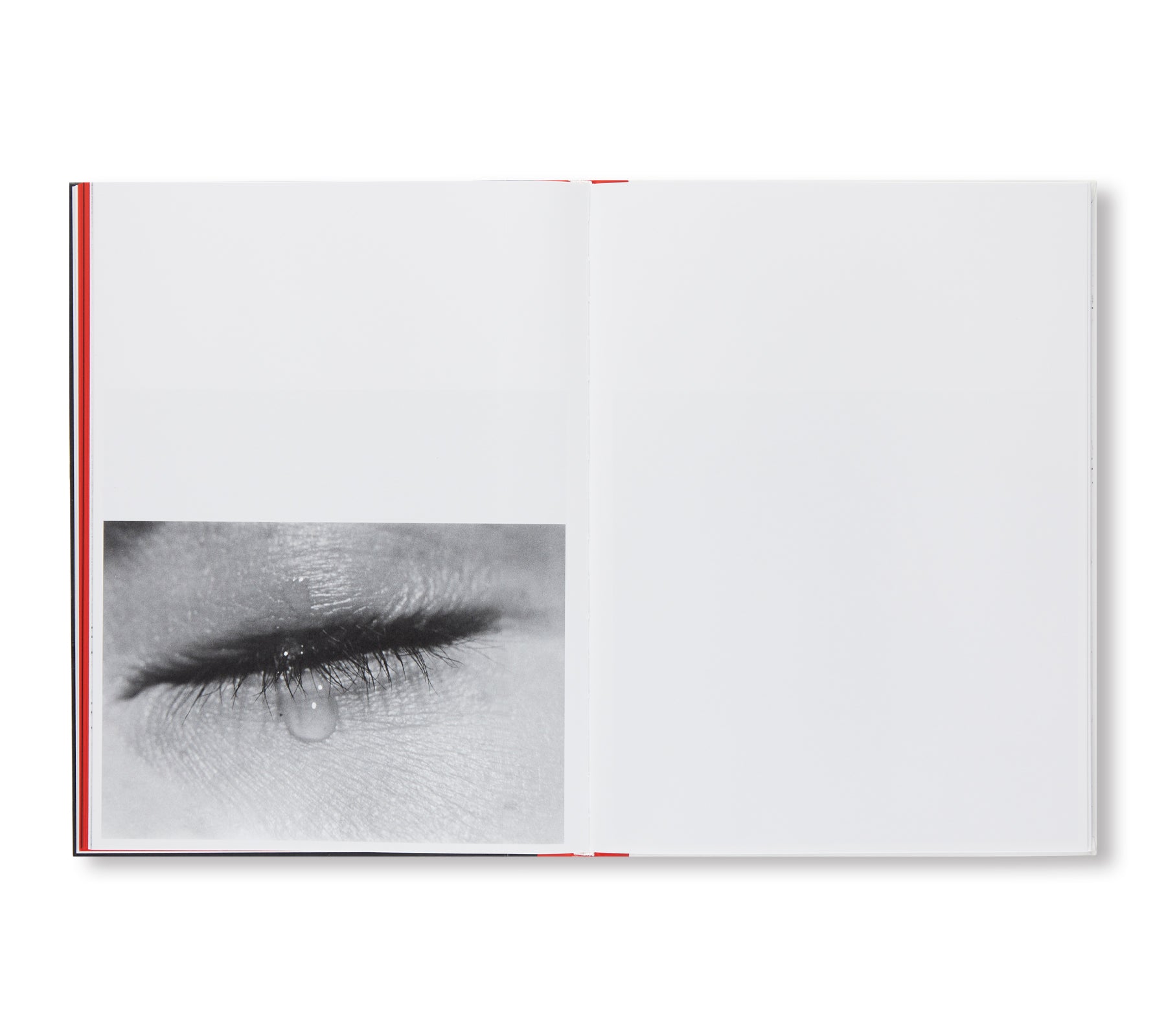
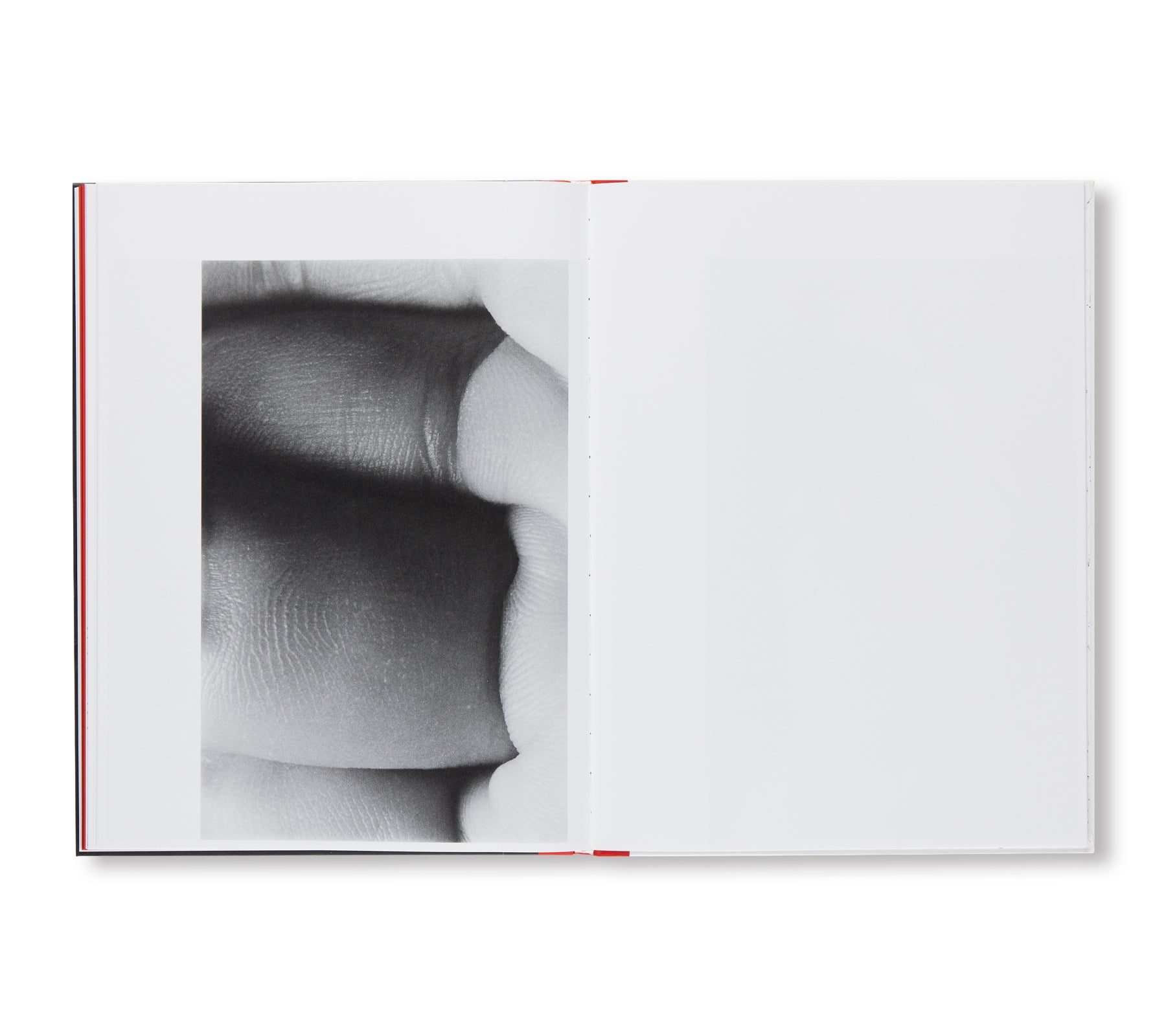
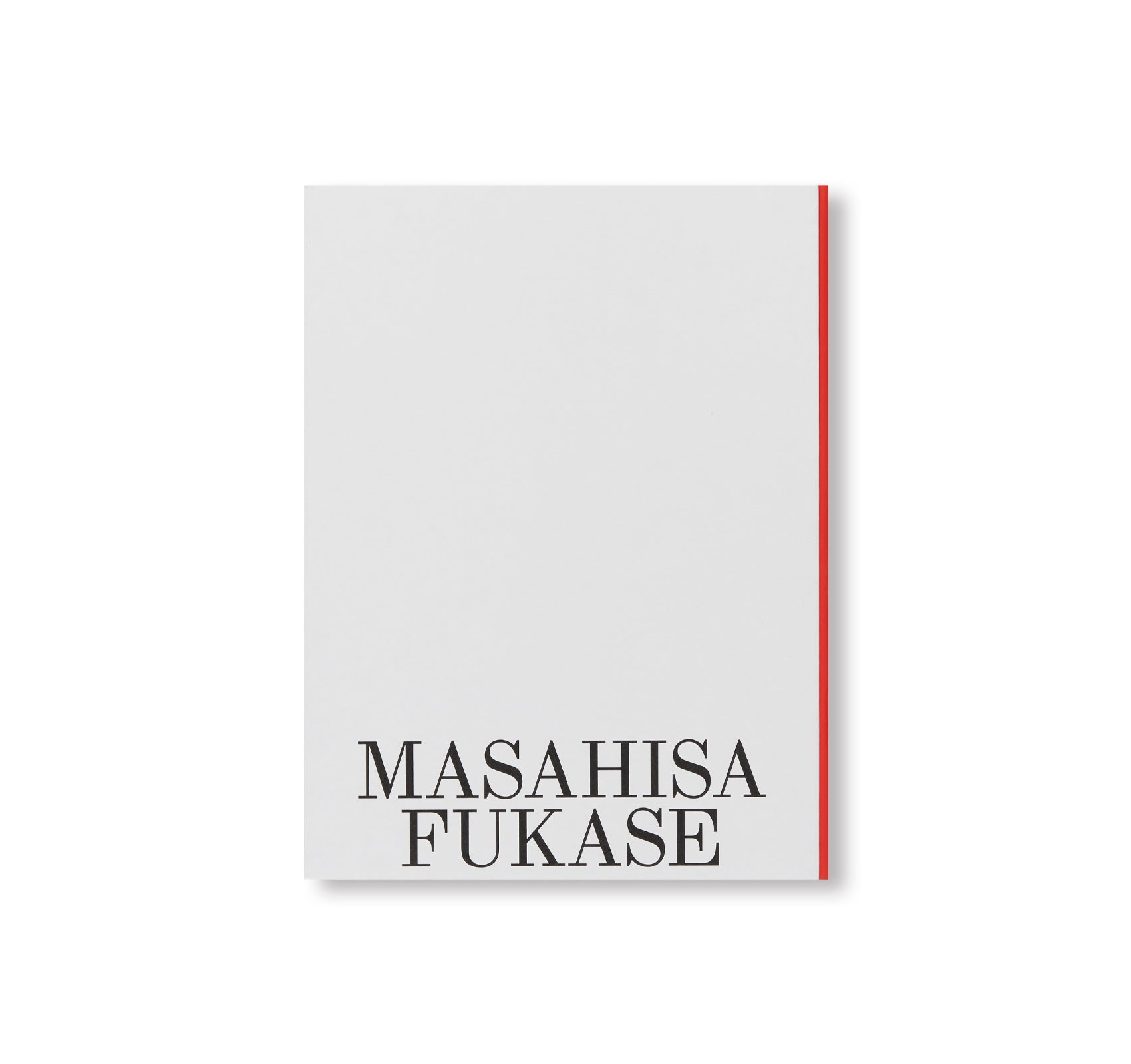
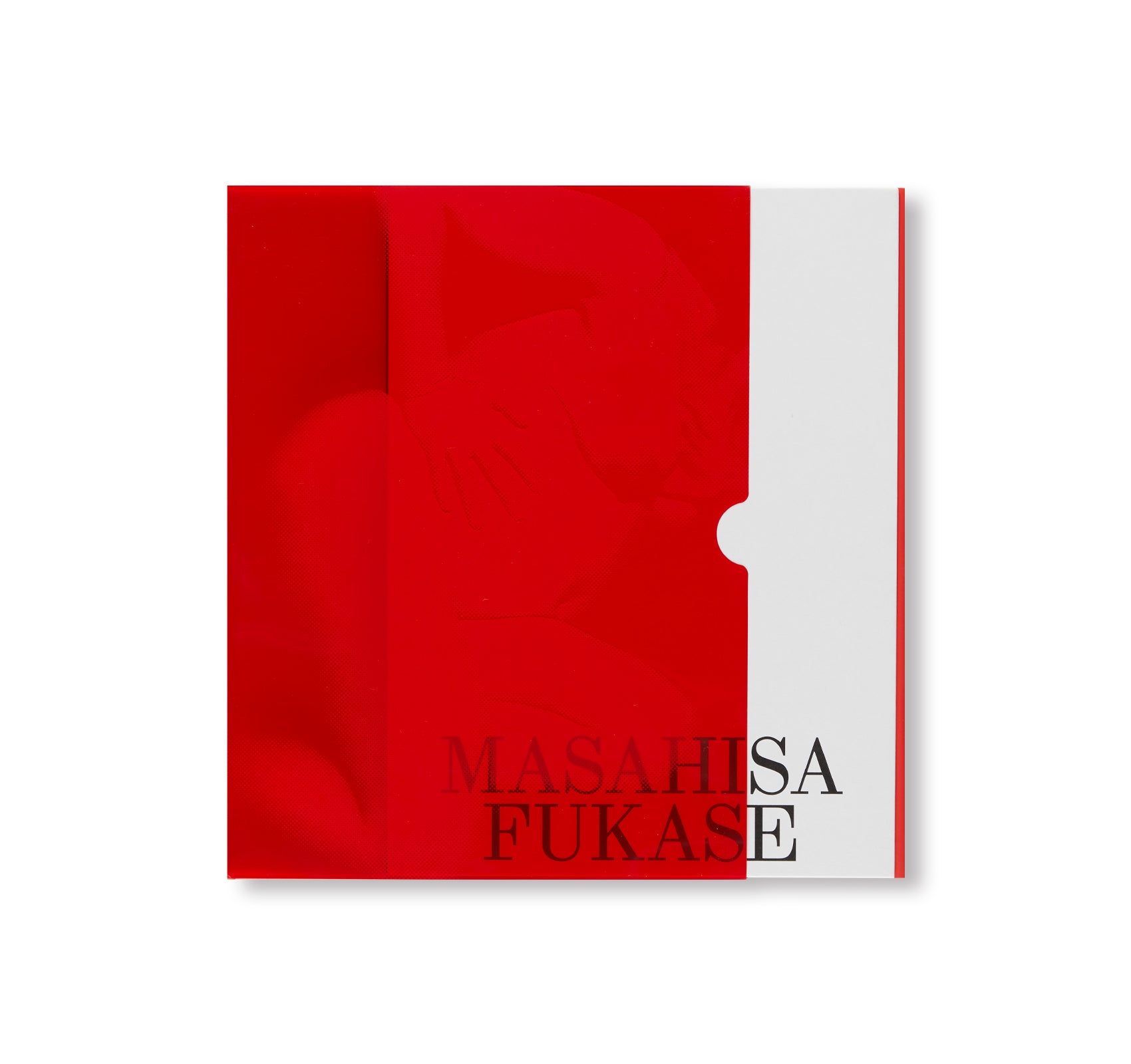
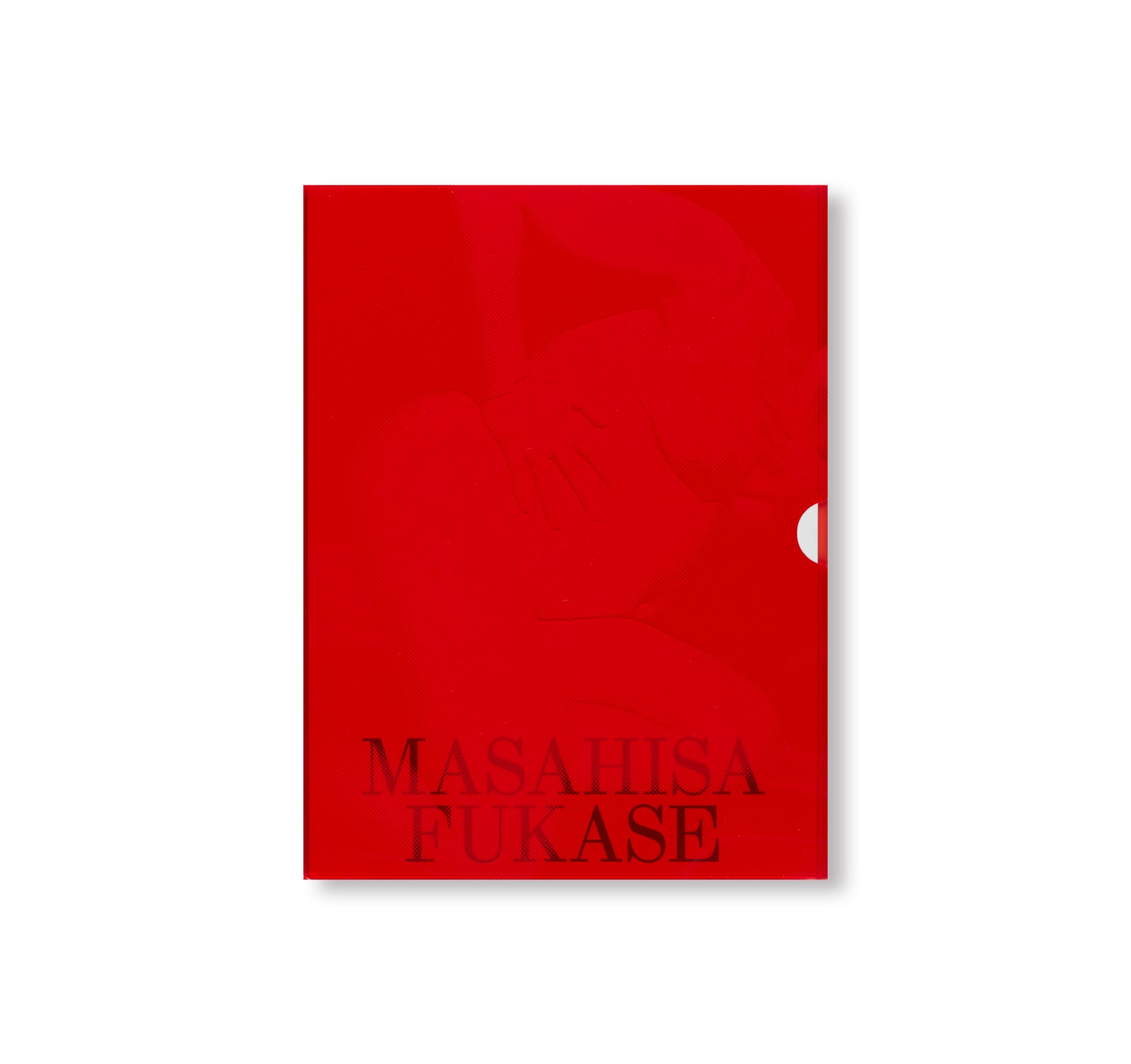
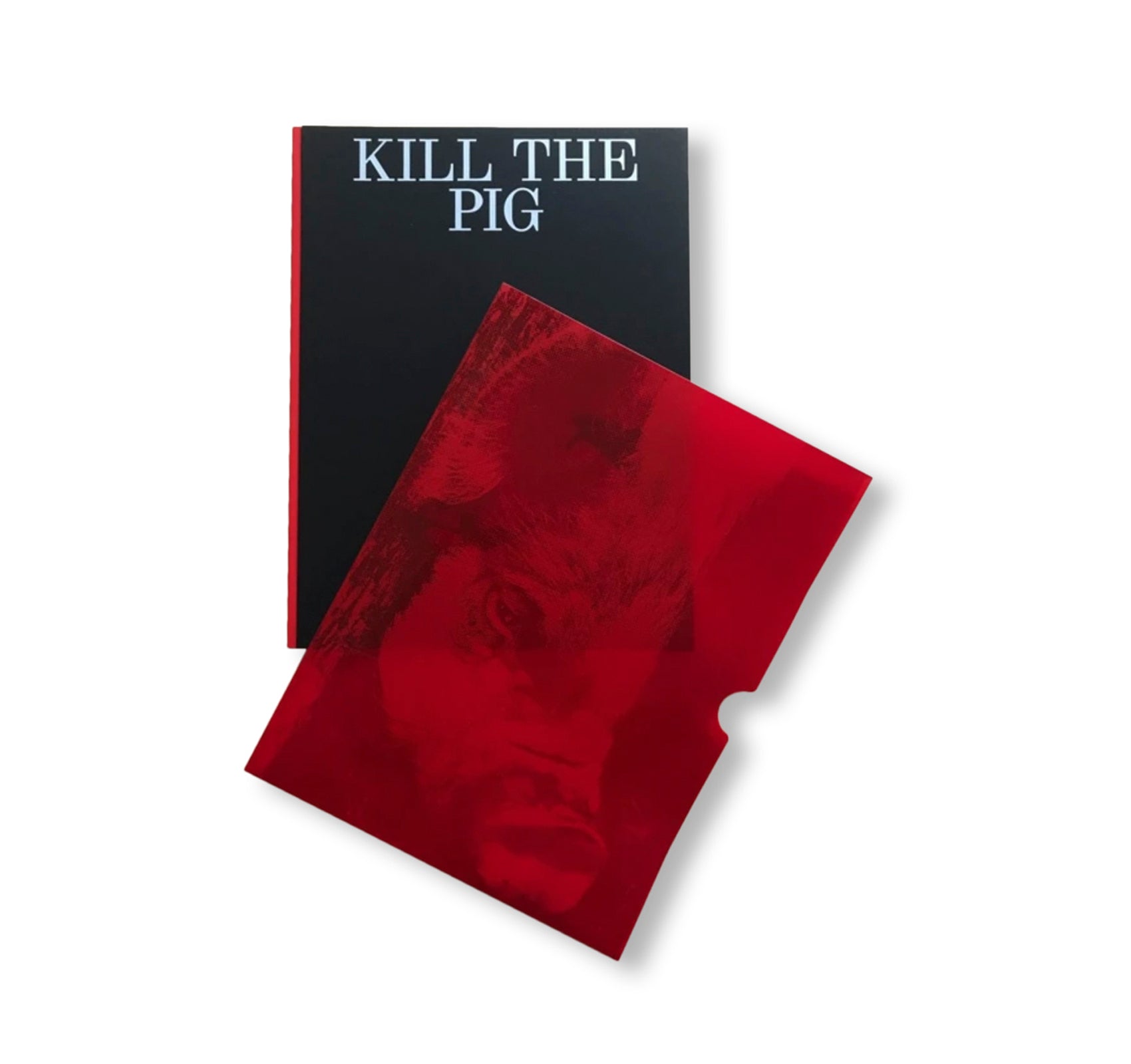
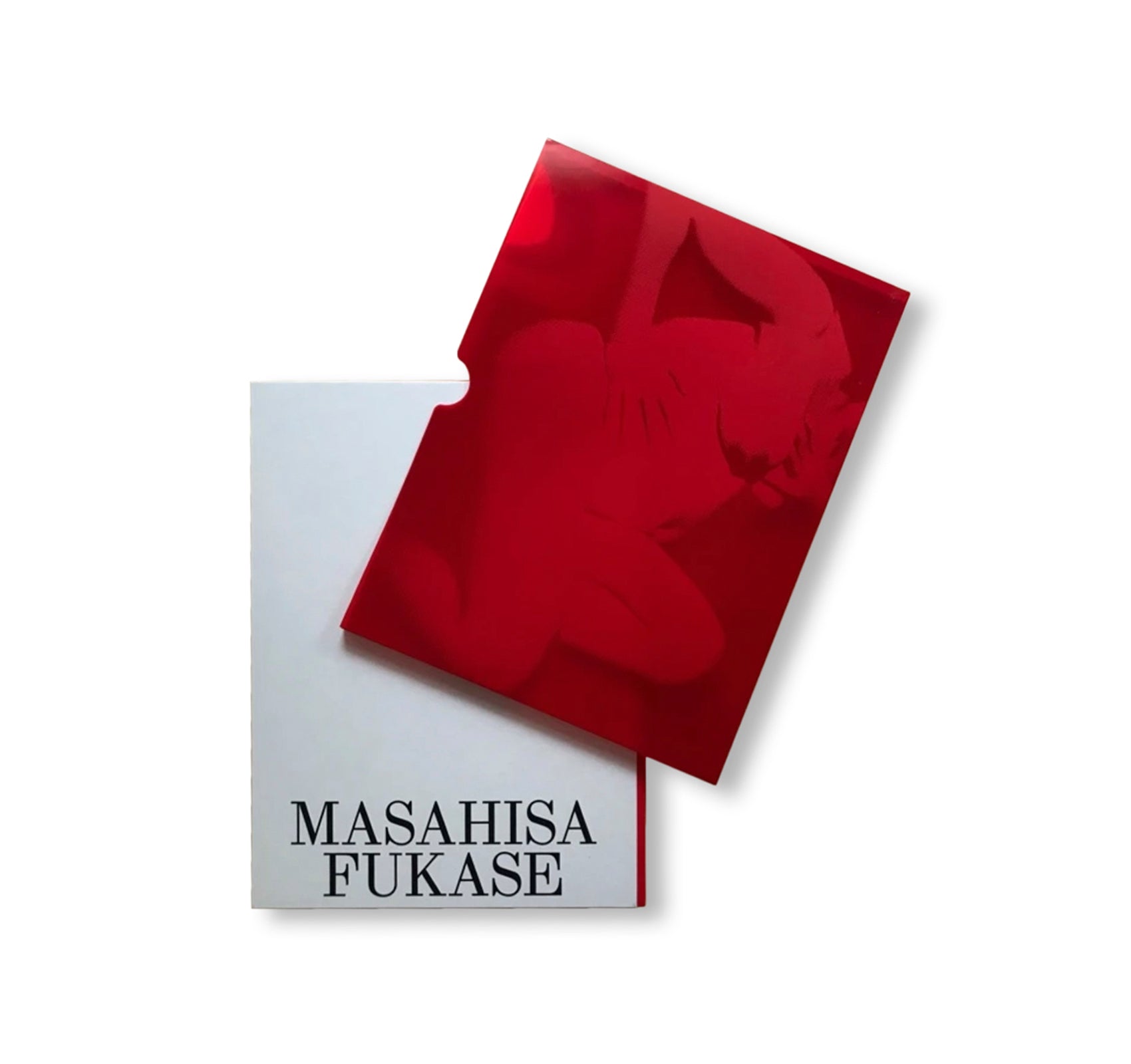
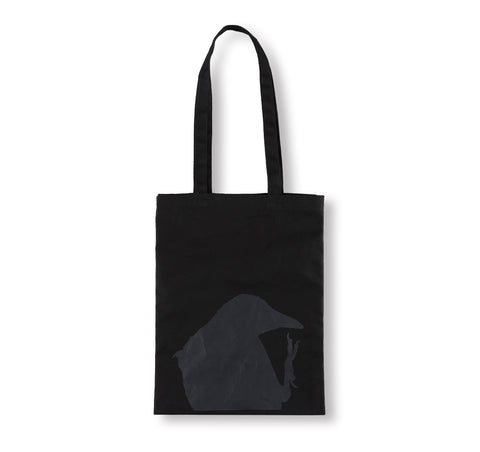
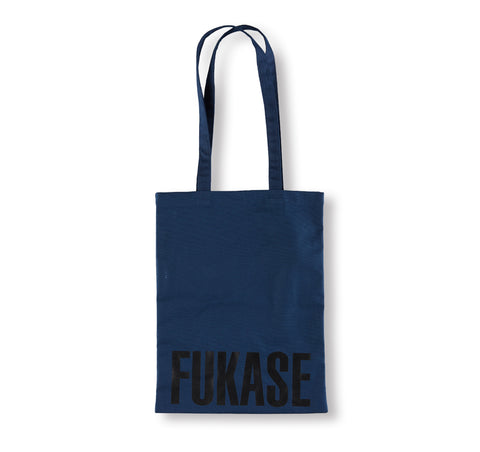
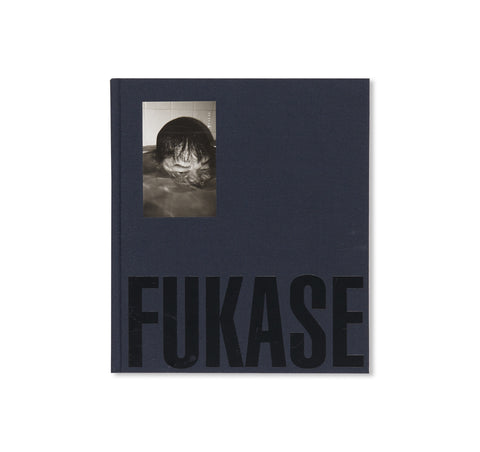
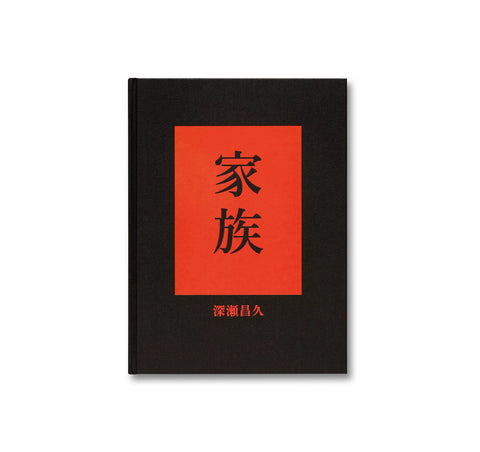
![FAMILY by Masahisa Fukase [SPECIAL EDITION]](http://twelve-books.com/cdn/shop/products/191114_1986_1_large.jpg?v=1574649966)
